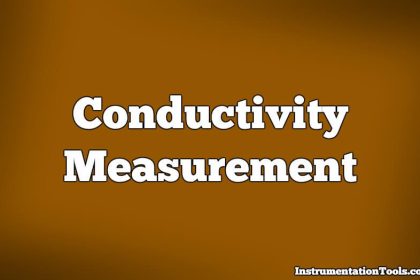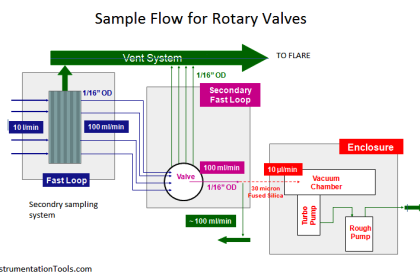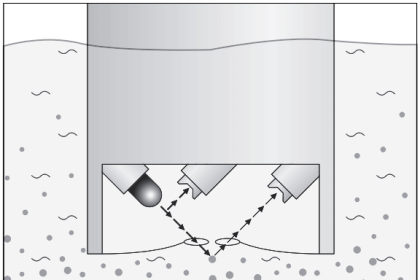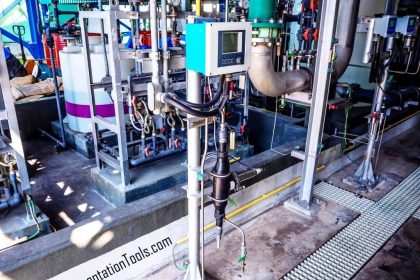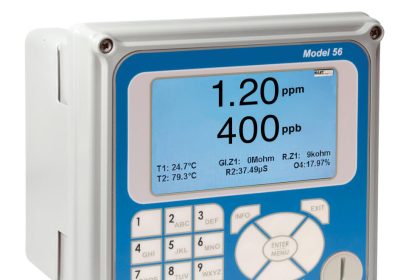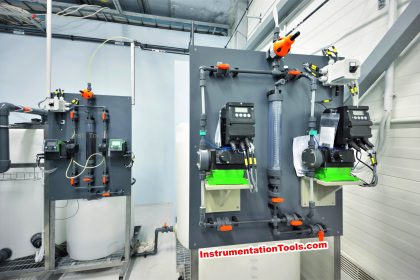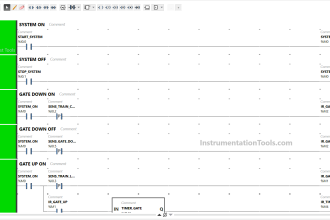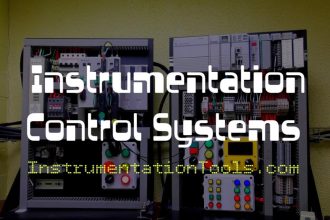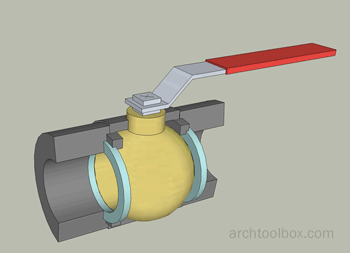Moisture or dew point analyzer is used in utility plants. Moisture or dew point measurement is done to measure the dew point of the nitrogen in the nitrogen generation plant or the dew point of the instrument air.
Moisture and Dew Point Analyzer Problems
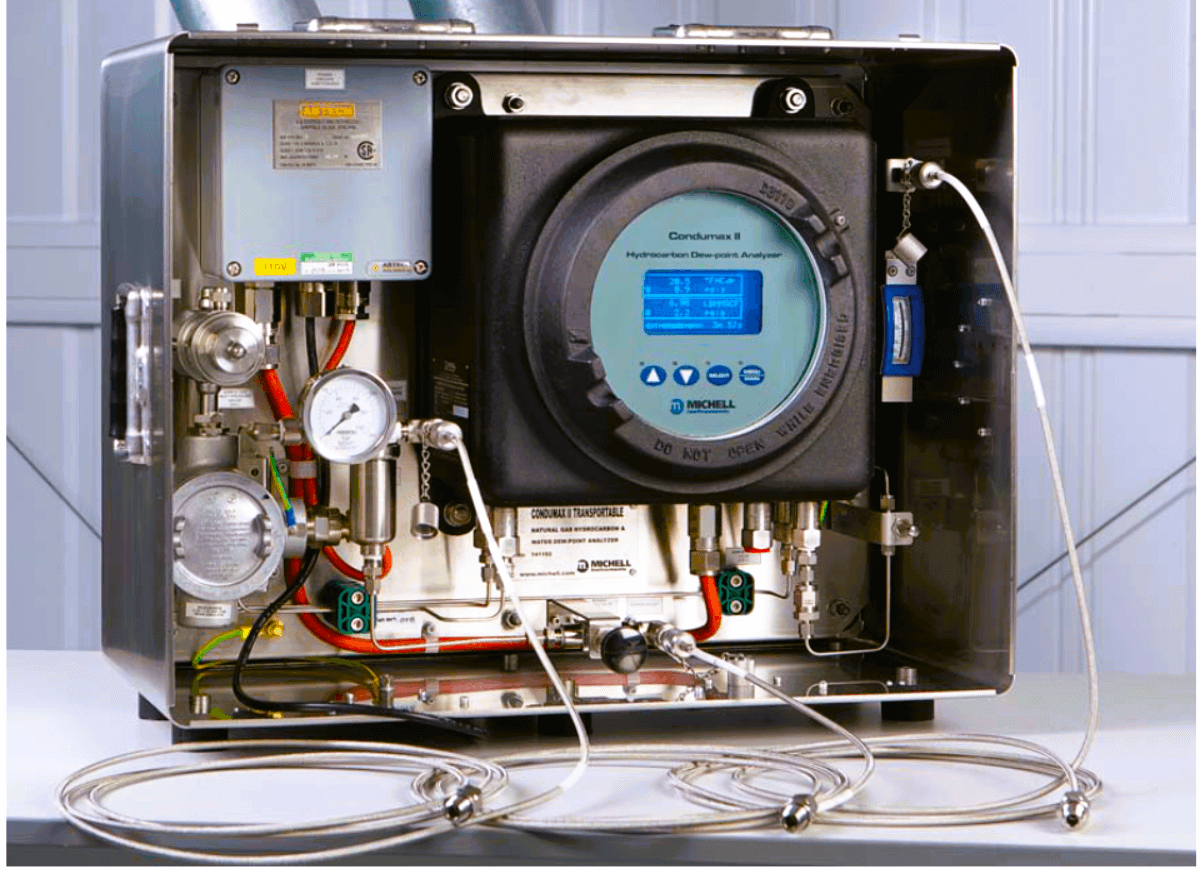
Today we will see different problems which can occur in moisture or dew point analyzers and their troubleshooting tips in detail which will help to resolve the problem.
1. Analyzer in the Power-off Condition
Check the power supply of the analyzer’s transmitter. If the power is found in off condition, then check the MCB of the power supply.
The MCB might have tripped or might be turned off by another person. Know the reason behind the MCB off condition and then turn ON the MCB.
2. Analyzer value not updating on PLC System
Check the output signal configuration for the analyzer. If the configuration is not 4 mA to 20 mA then the value in PLC might not update.
For example, the configuration is 0 mA to 20 mA, and if the value remains 10% of the range, then on PLC, the value will always be 0. Because the output of the transmitter will be 2 mA and in PLC as per 4 mA, graphics will show a 0% value.
Check the mA output of the analyzer. If the mA output is constant, then check whether the value is forced from the analyzer or not.
Also, check whether the value is forced from PLC or not. If there is 0 mA in the signal cable, then check the fuse in the mA circuit. If the fuse is in blown condition, then replace the fuse.
Also, check the barrier’s condition in the marshaling cabinet. If the barrier is found faulty, then replace the barrier with the same type of barrier. Also, check the analog input channel status.
3. Analyzer Display not working
Check the display’s connections. If found loose, then tighten them. Replace the display if not working properly.
4. Unstable readings during the measurement
Check the temperature of the analyzer panel. The temperature should be within limits as specified by the vendor. If the temperature is high, then provide appropriate cooling.
Check for any leakages in the whole sampling system. If any leakage is present, then attend to the leakage.
Check whether the air sample to the analyzer is proper or not. The sample flow should be as per mentioned in the vendor manual. Also, the sample air flow should be stable.
5. The measurement value is incorrect
Check the air sample to the moisture probe. The sample flow should be proper as mentioned in the vendor manual and the sample flow should be stable.
Check the output range of the analyzer as well as the input range of the PLC. Both ranges should be the same. Refer to any standard document for confirming the range.
Check the Dew Point vs MH value data from the calibration sheet. The data should match. If any deviation is found, then correct the data.
Do cross-checking of the sample with another online analyzer. Or check the response of the analyzer in the pure calibration gas if any exists. This is a kind of validation of the analyzer.
Replace the moisture probe if found faulty or if the probe is not responding properly during the validation step.
If you liked this article, then please subscribe to our YouTube Channel for Electrical, Electronics, Instrumentation, PLC, and SCADA video tutorials.
You can also follow us on Facebook and Twitter to receive daily updates.
Read Next:
- Sodium Analyzer Problems
- Carbon Dioxide in Flue Gas
- Conductivity Analyzer Problems
- Eddy Current Conductivity Meter
- Silica Analyzer Problems and Tips
